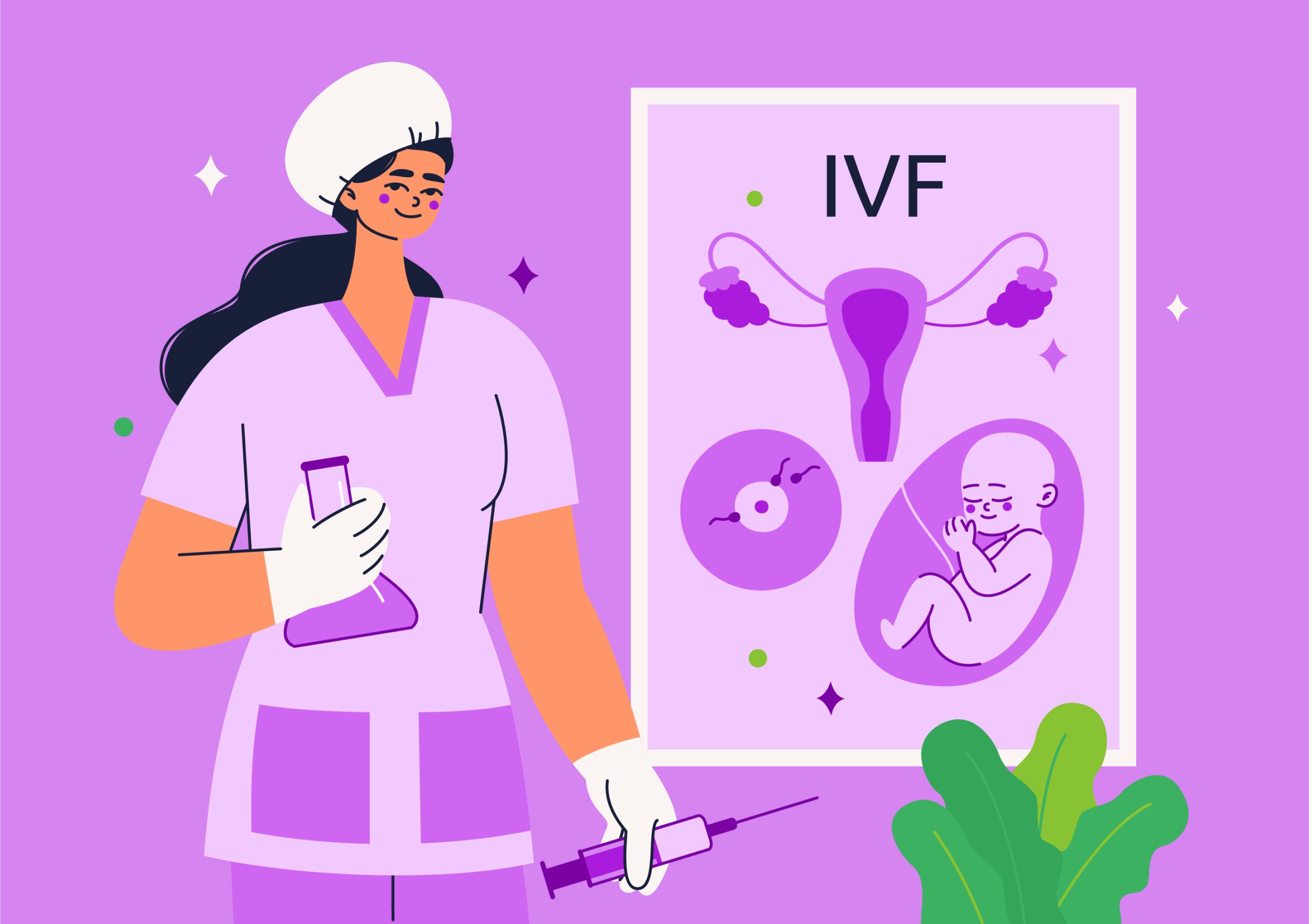At House of Gynaecologists, we know that the IVF journey can feel like a rollercoaster—exciting, nerve-wracking, and full of hope. If you’re considering IVF, understanding the process can help you feel more in control. So, let’s break it down step by step!
The 5 Stages of IVF:
- Ovarian Stimulation and Monitoring
- Egg Retrieval
- Sperm Collection and Fertilization
- Embryo Culture
- Embryo Transfer
Each stage plays a crucial role in increasing your chances of conception. Let’s dive in!
Stage 1: Ovarian Stimulation and Monitoring
First up, your ovaries get a little boost! Instead of the usual one egg per cycle, hormonal medications encourage the ovaries to produce multiple eggs—more eggs mean better chances of success.
How It Works:
- Medication Protocol: Injectable hormones (typically for 8-14 days) stimulate egg production.
- Monitoring: Regular ultrasounds and blood tests track follicle growth and hormone levels.
| Medication Type | Purpose |
|---|---|
| Gonadotropins | Stimulate multiple egg release |
| GnRH Agonists/Antagonists | Prevent premature ovulation |
| hCG Trigger Shot | Final maturation of eggs |
💡 Did you know? Every woman responds differently to ovarian stimulation based on age, genetics, and reproductive health. Your doctor will fine-tune your medications to optimize outcomes!
Stage 2: Egg Retrieval
Once your follicles are the perfect size (around 16-20mm), it’s go-time! A trigger shot is given, and 34-36 hours later, the eggs are retrieved in a quick, minimally invasive procedure under mild anesthesia.
How It Works:
- Preparation: You’ll be scheduled for an outpatient procedure.
- Ultrasound-Guided Retrieval: A thin needle is used to extract eggs from the follicles.
Stage 3: Sperm Collection and Fertilization
Now, it’s the sperm’s turn! A sample is collected (either from a partner or donor) and processed.
Fertilization Techniques:
- Conventional IVF: Sperm and eggs are placed together in a culture dish, allowing natural fertilization.
- ICSI (Intracytoplasmic Sperm Injection): A single sperm is directly injected into the egg—often used for male infertility cases.
🔬 Fun Fact: Not all eggs will fertilize, so embryologists closely monitor them to select the healthiest ones!
Stage 4: Embryo Culture
After fertilization, embryos are nurtured in the lab for a few days to assess their quality and development.
Day-by-Day Development:
- Day 1-3: Cell division begins, reaching around 8 cells by Day 3.
- Day 5: Some embryos reach the blastocyst stage, meaning they have a higher implantation potential.
| Development Stage | Characteristics |
|---|---|
| Day 1-3 | Initial cell division, reaching 8 cells |
| Day 5 (Blastocyst) | More complex structure, better chances of implantation |
💡 Embryos that reach the blastocyst stage have a higher chance of resulting in pregnancy!
Stage 5: Embryo Transfer
The final and most exciting step! One or more embryos are carefully selected and transferred into the uterus.
How It Works:
- Preparation: Your doctor chooses the best-quality embryos based on their development.
- Transfer Procedure: Using a thin catheter, embryos are placed directly into the uterus—painless and quick!
📅 A pregnancy test is done 10-14 days after transfer to check for success.
A Final Look: The IVF Journey
We know that IVF can feel overwhelming, but breaking it down into these five stages makes it a little easier to navigate. Whether you’re at the beginning of your fertility journey or already considering treatment, House of Gynaecologists is here to support you every step of the way!
💖 Every IVF journey is unique, filled with its own set of challenges and triumphs. No matter where you are on your path, know that you’re not alone—and parenthood may be closer than you think!

